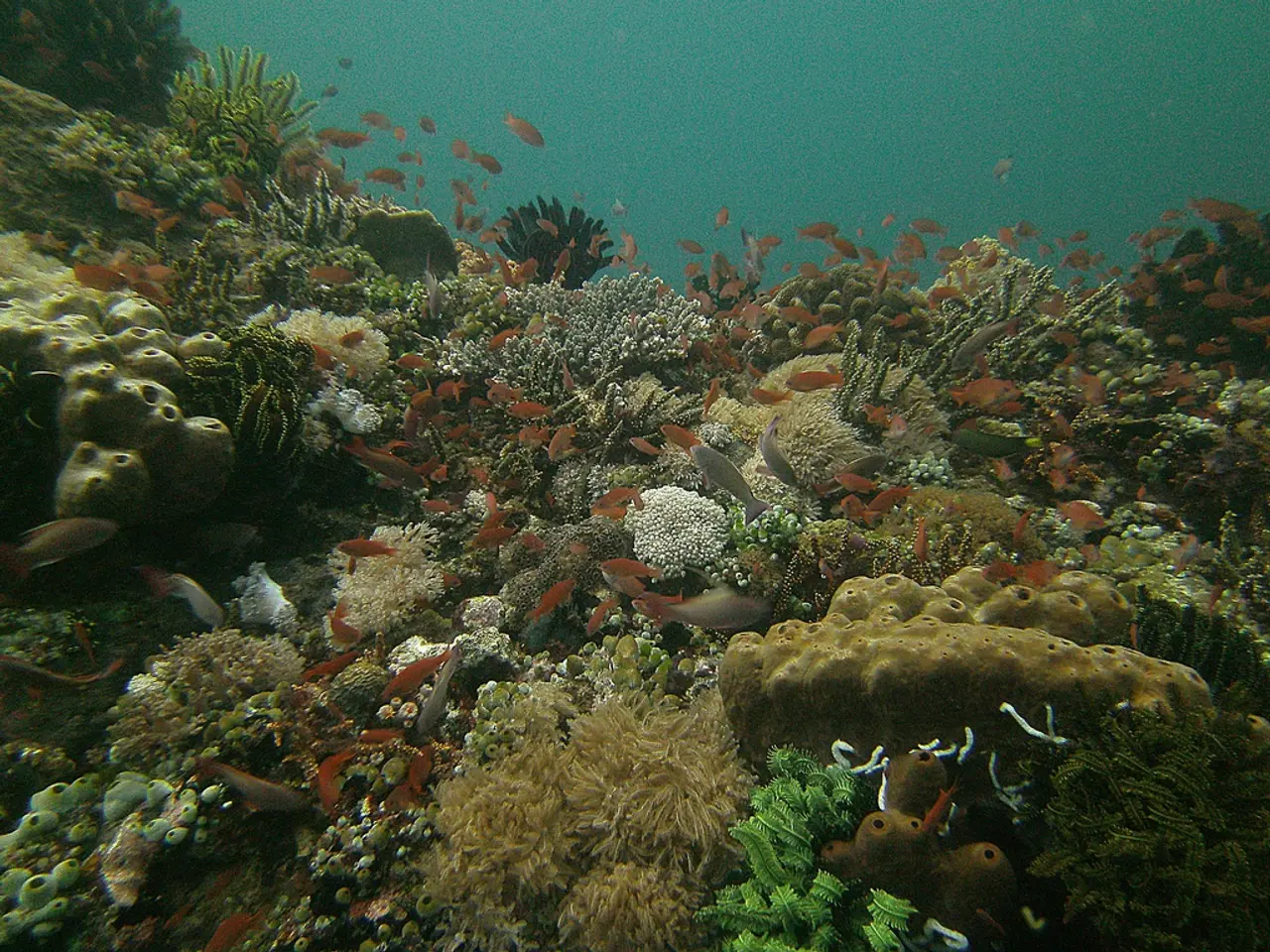Coastal Region of South Africa: KwaZulu-Natal
In the picturesque coastal regions of South Africa, a world of natural beauty unfolds, with stunning coastlines, diverse landscapes, and a rich array of wildlife. The iSimangaliso Wetland Park, a World Heritage site, is a shining example of this, offering opportunities to witness turtles, whale sharks, and dolphins, as well as boasting excellent coral reefs and beautiful dunes. However, the region faces several challenges that impact tourism.
One of the most pressing issues is the high level of crime. The coastline, particularly in some areas, is threatened by criminal activities, which has led to increased safety concerns among potential visitors. This has resulted in a decrease in tourism numbers, affecting the local economy.
The natural environment in some areas of the coast remains relatively undisturbed due to low levels of tourism usage. However, in the iSimangaliso Wetland Park, the practice of allowing people to drive on the beach has been a point of contention. This activity can spoil the pristine beauty of the park and disrupt wildlife habitats.
Environmental concerns are another significant factor shaping tourism trends. More travellers are demanding eco-friendly and sustainable tourism practices, such as local immersion and authentic experiences that promote better environmental stewardship. In response, tourism development is more advanced in the south of the region, where infrastructure is well-established, compared to the more rural north.
Regulations also play a crucial role in balancing access with conservation. Beach driving restrictions, for instance, are common in coastal areas to protect sensitive environments, reduce pollution, and enhance safety. While specific regulations vary by region, they are an integral part of coastal zone management efforts.
Despite these challenges, the region continues to have a high environmental and ecological quality. The coast remains a destination with a high aesthetic appeal, featuring diverse landscapes, including dune-backed windswept beaches and palm-crowned rocky shoreline. With the right measures in place, the coastal regions of South Africa can continue to attract tourists while preserving their natural beauty for future generations.
- The practice of allowing people to drive on the beaches in the iSimangaliso Wetland Park, a World Heritage site, has raised concerns about the impact on the park's pristine beauty and wildlife habitats.
- As the demand for eco-friendly and sustainable tourism practices grows, tourism development is more advanced in the southern part of the region, where infrastructure is well-established.
- The high level of crime in some coastal areas of South Africa is a significant challenge that affects tourist safety and the local economy.




